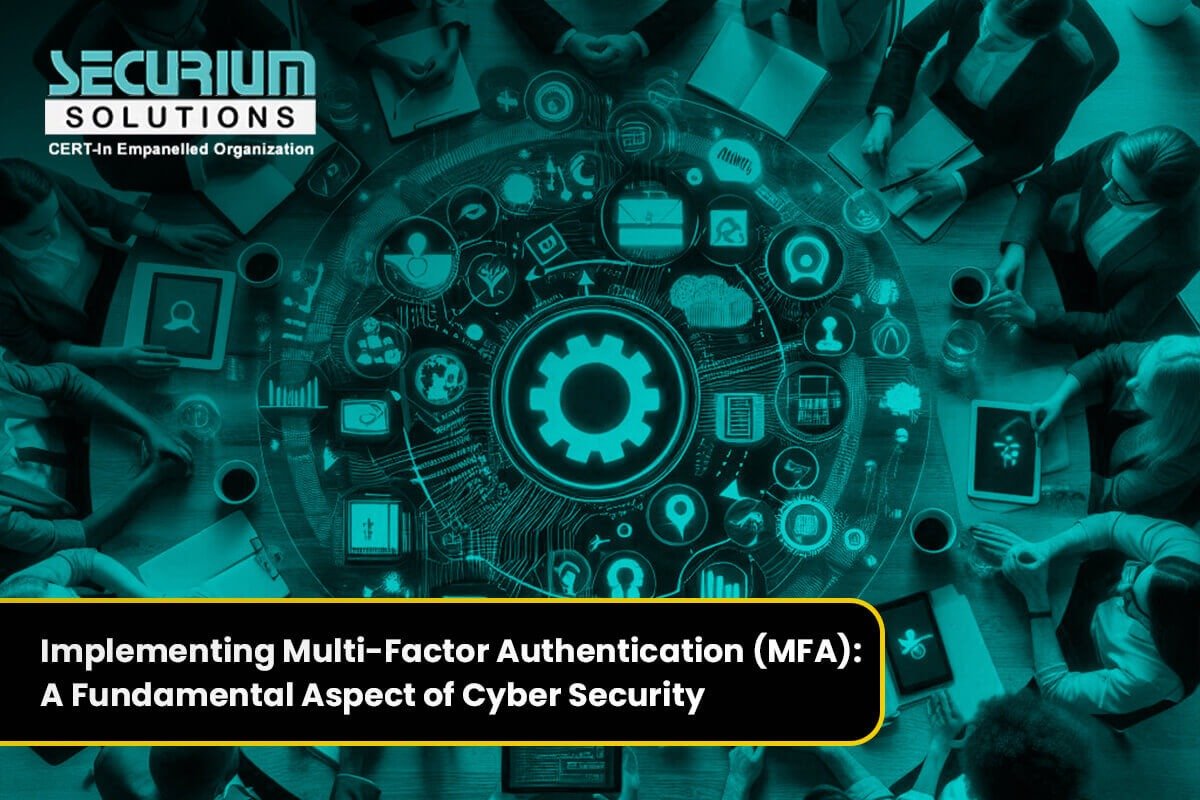As the world becomes increasingly digitalized, the need for effective security measures becomes more apparent. The level of cyber security threat cannot be ignored, and as the cyber threats change its approaches, more and more skilled measures should be put in place to secure the key data. Perhaps the best way to strengthen security is by educating users about Multi-Factor Authentication (MFA). This blog will define what MFA really means, why is it so important, define the key approach to its implementation speaking of its interesting facts that underline its importance.
What is Multi-Factor Authentication?
Multi-Factor Authentication (MFA) is an identity management process that obligates the user to give at least two out of several given verification factors to access an application, system or online account. It is better than the use of only log in with a username and a password because other extras are required thus making it impossible for unauthorized users to read the information.
For the most part, MFA considers three things:
What you know: It is often some passcode or PIN.
What you have: A smartphone, hardware token, smart card or any other device.
What you are: Biometric systems where one has to use a finger, face, or voice.
Adopting MFA necessitates the use of a large number of different forms of identification, which enables overcoming some of the last defenses against cyber threats.
Why is MFA Necessary?
1. Combatting Factors That Contribute to Password Risks
Passwords are usually the weakest link in the universal security chain. Statistics reveal that the majority of cases – approximately 80% of data breaches – involves compromised passwords. The adoption of weak or reusing a particular password renders these accounts easy targets for cybercriminals. Require an additional factor beyond user name and password to access accounts.
2. Avoiding Phishing Scams
Phishing is one of the most applied practices of cyber-men doing crime for list betraying. Suppose one of the users on the system unknowingly provides his password within the phishing scheme; even so, unfriendly access is highly unlikely due to multi-factor authentication. The reason is that even if the attackers were to succeed in obtaining the password, which they would have to do, they would face an additional barrier.
3. Meeting the Legislative Mandates
MFA has many advantages that should be mention here such as ability to increase efforts for compliance, liability constraints as well public trust towards naturalized CIDs who have assisted on centered services as casters.
These sectors share the common need of ensuring that no unauthorized access is made to data. By adopting MFA, organizations commit to a certain level of security thus winning over clients’ trust.
The Importance of Trust in Security for Industries
People nowadays do use digital services, but some of them demand great importance for the ways their data is secured upon usage of them. By incorporating MFA, organizations are able to protect data and thereby secure their clients’ trust.
Statistics Related To MFA
There are many interesting factors that come into play with this particular topic as far as statistics are concerned.
Dramatic Increase Accessibility: Since Microsoft reported that MFA was clicked on once/enabled, it would block 199.9% of compromise account attack. This merely portrays the importance of MFA adoption in organizational information security measures where there is a risk of breach.
User Ejection: However effective, MFA captures the most active segment of users, who interfere in that as per a survey by Google about 10% of its users suggest overall 2 scope background and environments. User need an immense education on security readiness and has to be targeted linking them that this is what will drive proper usage of MFA adoption.
Range of Modes: Also users do not have to become dependent on text messages or authentication applications, as these methods are called. Other methods include biometrics, email verification, physical tokens such as Yubikeys. This variety gives rise to tai
Effectively Putting Into Practice Which Tools to Use for MFA
1. Choosing a Suitable Method
Organizational needs for security and the convenience of users should be the basis of selecting the MFA methods that best suit them. SMS-based personal identity verification is popular, but it is an interception risk. More secure methods include authentication apps or hardware tokens.
2. Train the Users and Disclose Information
User training is fundamental in the success of any implementation processes of MFA systems. Conduct training to explain how MFA will be used and the importance of doing so. Overcome resistance and common misunderstandings of the concept and clarify what part they play in protecting certain information.
3. Implement MFA without Disrupting the Workflow
The adoption of a multi-factor authentication solution should not offend the user experience. Indeed, goals of both security and ease of use must be achieved. Clean future experiences will lead to help users embrace MFA without feeling that the task is an additional burden to them.
4. Conduct Periodic Evaluations and Changes to the Unique Policies on the Use of MFA
As the cyber threat landscape is ever changing, people also need to revise and implement modifications to their MFA policies regularly. It is equally important to keep up to date and alter the effectiveness of targeted MFA campaigns, if required.




